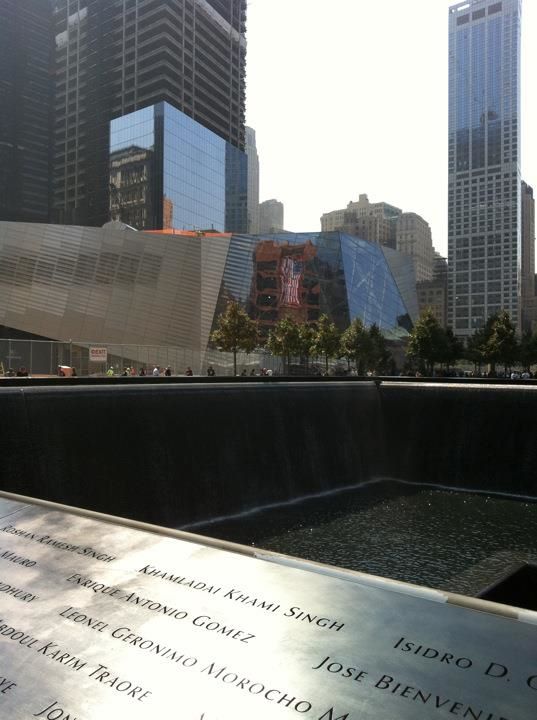After nearly ten years of work, the 9/11 Memorial opened on Sept. 11, 2011. Jack Shock, chairman of the Department of Communication, was one of the first to enter with a group of volunteers, victims’ families and responders.
“Watching other people experience [the memorial] brought a lot of emotion,” Shock said. “It was just very intense to watch people experience it, and I am emotionally connected to some of the families. It was no walk in the park.”
In the memorial, one of the items that touched Shock the most was the survivor tree, a tree that survived at the site 10 years ago, he said.
“They brought it back, and it’s just a compelling item in the memorial because it’s natural and alive and a part of God’s creation that survived,” Shock said. “You can see where it was burnt and where the new growth is coming in, and it’s just a very powerful symbol of resolve to survive and thrive. Everything in nature has a will to live, and it’s a remarkable metaphor.”
Other aspects of the memorial that Shock said he thought were well thought-out were the waterfalls, which stood where the twin towers used to stand.
“The memorial is in between two waterfalls, and the waterfalls are so powerful that they drown out the noise of the city,” Shock said.
According to the 9/11 memorial’s website, the two reflecting pools that the waterfalls feed into are the largest manmade fountains in North America and were designed by Michael Arad and Peter Walker.
Shock was part of a select group of visitors who got to visit the memorial because of what he did 10 years earlier as a volunteer coordinator of media for the Red Cross. He began volunteering for the Red Cross two weeks after 9/11 at the request of a former student.
“What I did this past weekend was basically a reunion of Red Cross staffers who worked together at that time,” Shock said. “We had a reunion dinner the first night and just caught up with each other.”
Shock spent much of his time reconnecting with the other volunteers during his four-day stay, but he also had the opportunity to see New York City civilians coming out to support the events.
“One thing I remember was the number of impromptu memorials around the city,” Shock said. “A choir came in a market and sang because they wanted to use their music to help. String quartets were playing around the city, and people had prayer circles getting together. There were candles, flowers, wreaths, teddy bears, just set up in their own little memorials.”
The official museum for the memorial will open next year, and Shock and his group are planning a return trip to visit the museum, he said.
“Part of what made this trip so meaningful was sharing it with some of my best friends,” Shock said. “It was just a group effort with a lot of support, and it was really nice to share with friends.”
